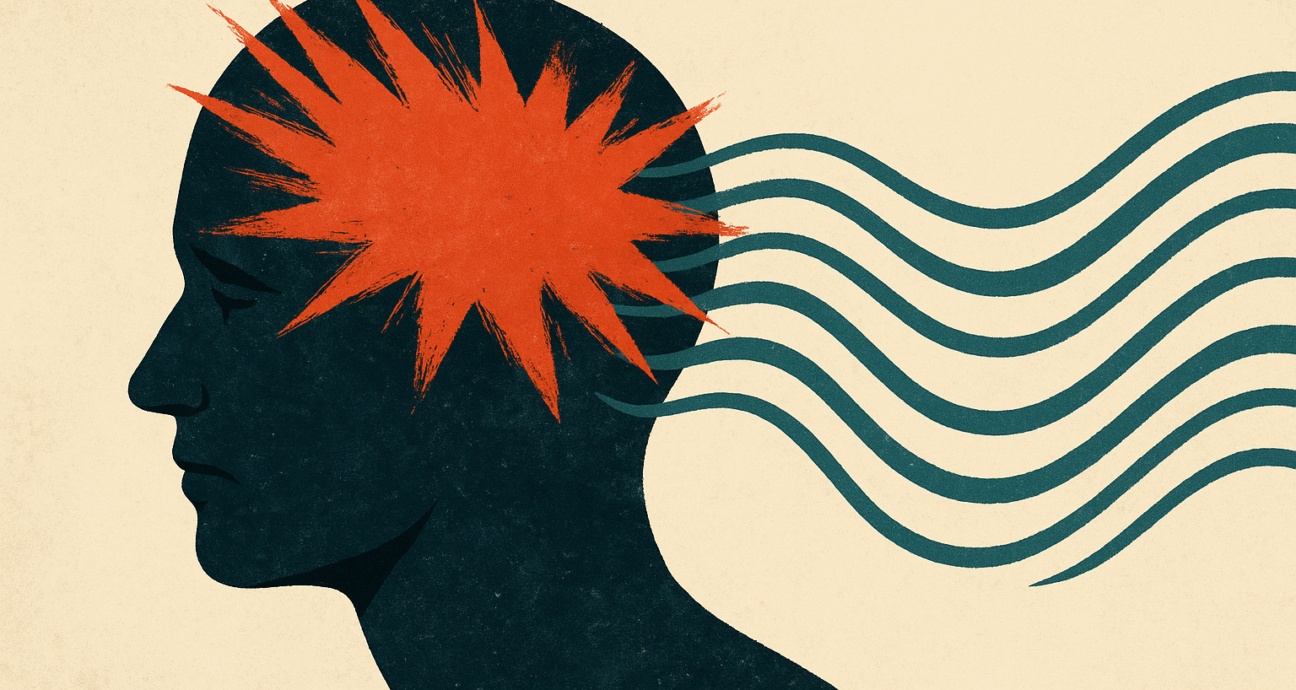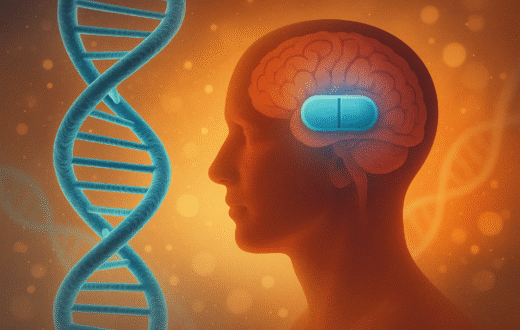The Trauma Era: From Awareness to Misunderstanding

Introduction
Trauma is a deeply significant human experience. It is widely recognized that traumatic events can overwhelm the nervous system, impairing our ability to respond intentionally, yet this is not a moral failing. Understanding trauma has brought essential attention to mental health and the intricate ways our bodies and minds respond to stress.
However, the public conversation around trauma has often led to misunderstandings. Today, we live in what may be termed the “trauma era,” where trauma has been overgeneralized, commercialized, and misapplied. Pain and discomfort are sometimes automatically labeled as trauma, obscuring the body’s inherent capacity for repair and resilience.
The current trauma culture often promotes fatalism: a belief that experiencing stress or discomfort automatically means one is damaged or powerless. Yet humans are equipped with mechanisms not just for survival, but also for prevention, adaptation, and healing.
Three major confusions perpetuate these misconceptions:
- The overuse and semantic collapse of the word “trauma.”
- Misunderstandings of risk, safety, and threat.
- Confusing trauma with emotional pain.
1. The Overuse and Semantic Collapse of the Word “Trauma”
Originally, the term “trauma” referred to events far outside typical human experience, involving threat to life, serious injury, or witnessing death. Over time, as clinicians observed reactions to chronic adversity, the concept of complex trauma emerged, broadening its scope.
Popular distinctions such as “big T” versus “small t” have contributed to confusion. Today, trauma can ambiguously refer to the event, physiological response, emotional overwhelm, or later psychological symptoms.
This semantic collapse has practical consequences. Experiencing fear, hypervigilance, or intrusive memories is often interpreted as evidence of trauma rather than as natural responses to stress. This mindset overlooks the nervous system’s reparative capacities, reinforcing a sense of helplessness.
2. Misunderstanding Risk and Safety
While trauma is subjective and depends on perception, modern discourse often ignores this nuance, implying that almost any discomfort can cause trauma. This creates a sense of omnipresent danger.
Safety is both external and internal, and the nervous system is predictive and self-correcting. Experiencing fear is not proof of trauma but evidence that the system is functioning as intended. Constantly framing danger as catastrophic undermines resilience and promotes fragility.
3. Confusing Trauma With Emotional Pain
Emotional pain is adaptive, signaling the need for reflection, learning, or adjustment. Trauma, however, is a breakdown of integration, a neurobiological and psychosocial disruption caused when the system perceives the event as intolerable.
By labeling all emotional pain as trauma, the natural adaptive process becomes medicalized, and people may look externally for “healing” rather than integrating their experiences. Grief, shame, or rejection are crucial for learning, growth, and adaptation.
Trauma as a Brand
Simplified narratives of trauma can be marketed, offering validation but also commodifying suffering. Courses, diagnoses, and identities are sold on the premise of dysregulated nervous systems. Trauma has shifted from a clinical concept to a cultural brand, creating a narrative of universal damage rather than honoring human resilience.
Conclusion
Not all pain is trauma, yet every challenge, loss, or setback can teach us about human adaptation and growth. Using the term trauma responsibly respects its seriousness while acknowledging the vast resilience inherent in our nervous systems.





